If you or your child is a Billie Eilish fan, you might know that she was diagnosed with Tourette syndrome as a child. But what exactly is Tourette syndrome and how is it diagnosed and treated? We’ve asked pediatric neurologist Dr. Laura Tochen to explain more about the condition.
What is Tourette syndrome? What causes it?
Tourette syndrome is a neurological condition that falls within a larger family of tic disorders. Tics consist of involuntary muscle contraction leading to either a movement of a body part (motor tic) or sound (vocal tic). A diagnosis of Tourette syndrome indicates that motor or vocal tics started more than a year ago. It is a common condition, affecting approximately 1 in 160 people. Despite how this condition is portrayed in movies and media, having a diagnosis of Tourette syndrome does not mean that someone yells obscenities in public. The exact cause of tic disorders and Tourette syndrome is not fully understood at this time.
What are the symptoms of Tourette syndrome?
Individuals with Tourette syndrome experience both motor and vocal tics, although these may fluctuate over time. Examples of common motor tics include eye blinking, facial grimacing and neck movements, but can involve movement of any body part. Examples of common vocal tics include throat clearing, sniffing or syllables, but can also include a wide range of other noises.
How is Tourette syndrome diagnosed?
Tourette syndrome is diagnosed by a doctor based on the clinical features or symptoms that a child displays. Sometimes the description of the movements and sounds is enough to reach a diagnosis, and sometimes the movements or sounds observed during a clinic visit or on video will help us to reach a diagnosis. Most of the time, no additional testing is needed. Certain tests such as MRI scans, blood tests or electroencephalogram (EEG) can be used to help rule out other neurological conditions, but results are generally normal for people with tic disorders and Tourette syndrome.
How is Tourette syndrome treated?
Tics can be treated if they are causing any academic or social disruption or are causing any physical discomfort. However, a tic may naturally go away on its own without any treatment. For tics that are disruptive, we can try a behavioral treatment called Comprehensive Behavioral Intervention for Tics (CBIT), or we can try a medication. Treatments for tics can hopefully reduce tics such that tics are not problematic, but there is currently no “cure” for tics.
Are some children more prone to getting Tourette syndrome than others?
There may be a genetic predisposition to tic disorders in some individuals — we do see tics run in families, but sometimes that is not the case. There have been studies to try to identify particular genes associated with Tourette syndrome and tic disorders, but nothing that has been conclusively proven. Tics may be more common in certain conditions such as autism, but most children with tics do not have autism. We also see overlap with some other conditions, and many children with tic disorders may also have features of attention deficit hyperactivity disorder (ADHD) or obsessive-compulsive disorder (OCD).
What should I do if I think my child has Tourette syndrome?
Remember that the tics are usually harmless. If your child has tics, try to de-emphasize the tics if they do not seem to be bothering your child. Try not to focus on how often a tic is happening, but instead assess if the tic seems to be interfering with your child’s activities. Finally, if you have any questions or concerns about your child’s tics you should consult your pediatrician.
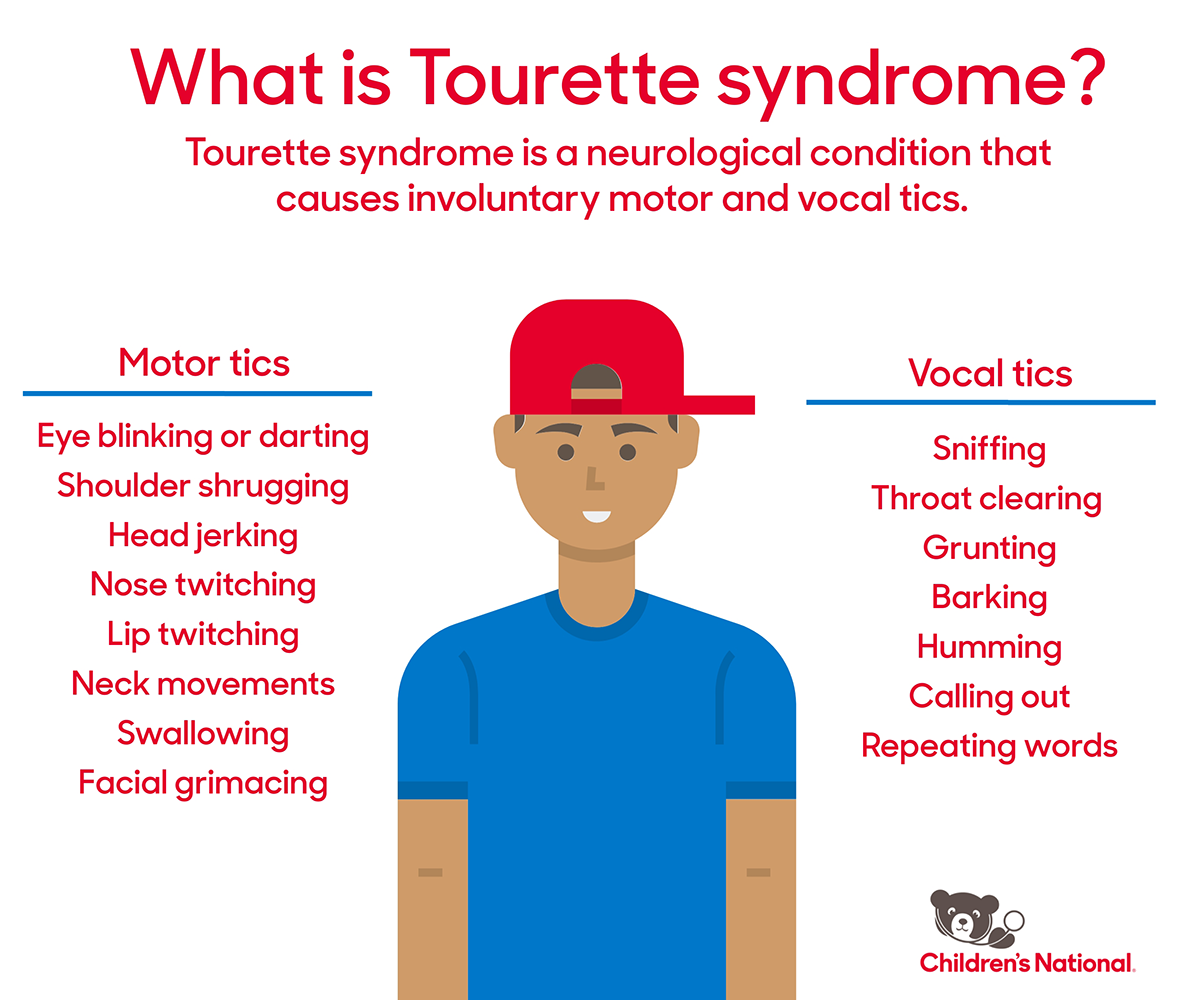
Download our Tourette syndrome infographic here.
 https://riseandshine.childrensnational.org/wp-content/uploads/2025/11/two-friends-feature.jpg
300
400
Danielle Robbins
https://riseandshine.childrensnational.org/wp-content/uploads/2017/11/childrens_riseandshine_logo.jpg
Danielle Robbins2025-11-13 13:55:082025-11-14 10:17:49Navigating friendships when your child has epilepsy
https://riseandshine.childrensnational.org/wp-content/uploads/2025/11/two-friends-feature.jpg
300
400
Danielle Robbins
https://riseandshine.childrensnational.org/wp-content/uploads/2017/11/childrens_riseandshine_logo.jpg
Danielle Robbins2025-11-13 13:55:082025-11-14 10:17:49Navigating friendships when your child has epilepsy







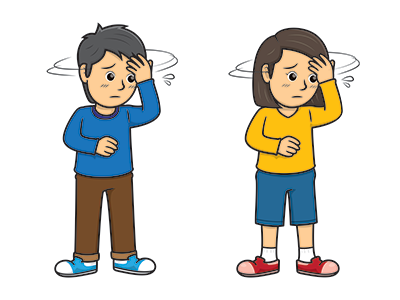





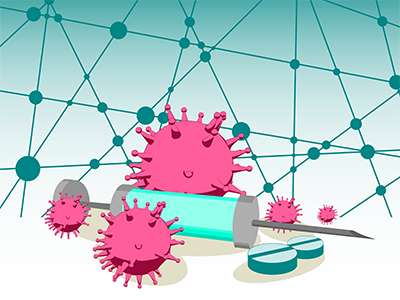

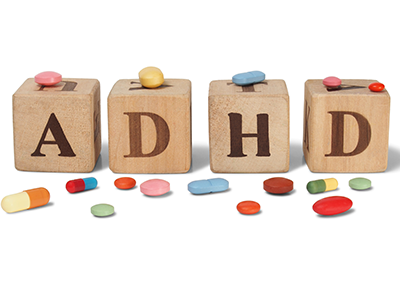
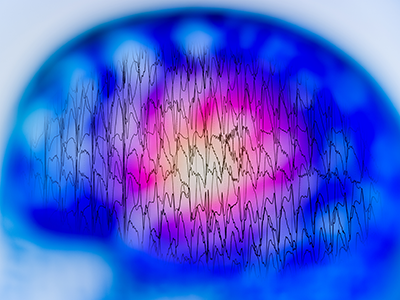





Leave a Comment
Want to join the discussion?Feel free to contribute!